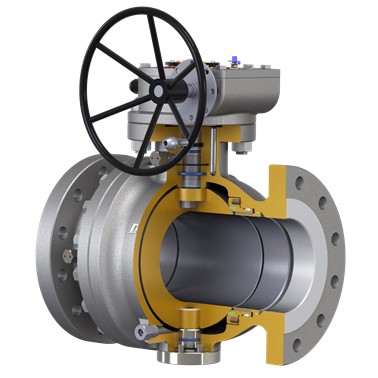
DERVOS Ball valves have the advantages of small torque value, smooth channel, good sealing performance and easy operation. It is easy to realize automatic control and remote control.
As a leading ball valve manufacturer in China, DERVOS offers a wide range of products designed for diverse industrial applications, Whatever your requirements, you can find the right solution with us.
Typically, our lead time is 30 to 60 days Ex Works after order confirmation. To meet urgent customer demands, we also keep products readily available in stock for immediate delivery. This makes our products a trusted choice for importers, distributors, and end-users, solidifying our reputation as a reliable ball valve brand in China.
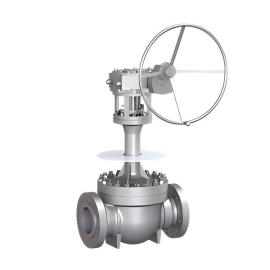
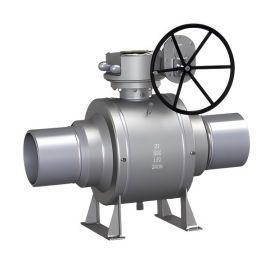
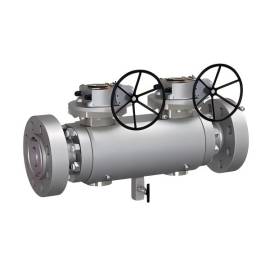
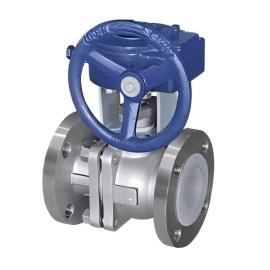
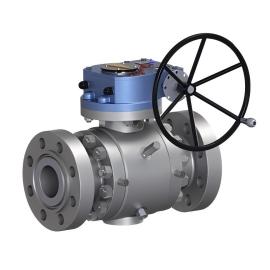
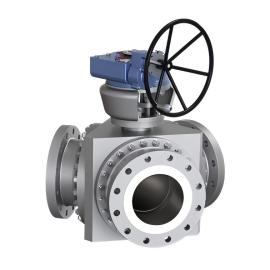

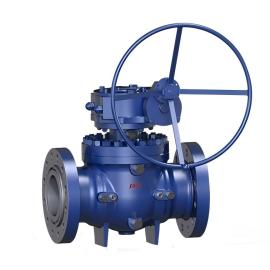

Size: from 1/4'' to 60'' (from DN 6 to DN 1500)
Pressure: from Class 150 to Class 2500 (from PN 10 to PN 400)
Material: Carbon Steel, Stainless Steel, Alloy Steel, Duplex Stainless Steel, Nickel Alloy, Ceramic, etc.
1. Low Fluid Resistance for Efficient Flow
The full-bore design minimizes pressure drops, making ball valves ideal for high-flow applications.
2. Exceptional Sealing Performance
Soft or metal seals provide reliable bidirectional sealing, suitable for high-pressure and high-temperature environments.
3. Quick and Simple Operation
Requires only a 90° turn to fully open or close, enabling fast and easy operation.
4. Compact Design for Space Savings
Lightweight and compact, ball valves are ideal for tight installation spaces and reduce pipeline load.
5. Automation-Friendly
Compatible with pneumatic and electric actuators for seamless integration into automated systems.
6. Various Operation Modes Available
Ball valve electric actuator, gear operated ball valve, pneumatic ball valve actuator, manual ball valve, lever operated ball valves, hydraulic operation, combined operation, etc.
7. Various Connection Modes Available
Flanged ends connection, threaded connection, ball valve npt thread, butt welded connection, socket welded connection, wafer connection, etc.
1. Oil and Gas Industry
Ball valves for the oil and gas industry, suitable for oil and gas transportation, tank isolation, and pigging operations.
2. Chemical and Pharmaceutical Industry
Suitable for the handling of corrosive media and integration into reaction systems.
3. Power Industry
Suitable for steam transport, cooling water systems, and auxiliary systems in power generation equipment.
4. Water Treatment and Environmental Protection Projects
Suitable for municipal water supply, wastewater treatment, desalination projects, and pollution control systems.
5. Building and HVAC Systems
Suitable for water supply, heating, and air conditioning systems.
What is a top entry ball valve?
Is a ball valve a shut-off valve?
Does A Ball Valve Need to be Fully Open?
Comparison and Analysis of Orbit Ball Valves and Conventional Ball Valves
Common Faults and Solutions of Y-shaped Ball Valve
How to Choose A Ball Valve? Advantages of Ball Valves?
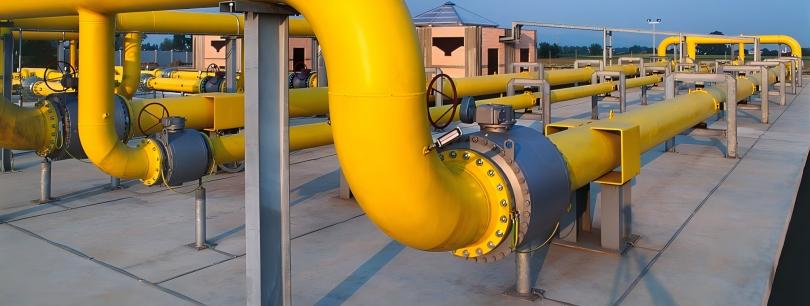
api 6d ball valve | high temperature ball valves | pneumatic actuated ball valves | jacket ball valve | cast steel ball valve | large size ball valve | fully welded ball valve in stock | stainless ball valve | API 607 ball valve | API 608 ball valve | ISO 17292 ball valve | ISO14313 ball valve
If you are interested in our products and want to know more details,please leave a message here,we will reply you as soon as we can.